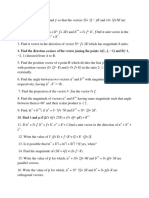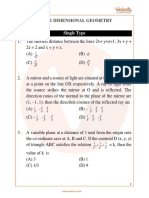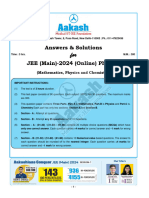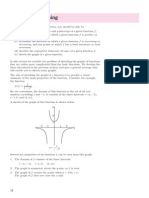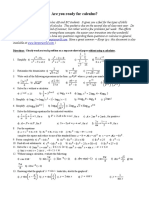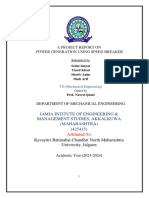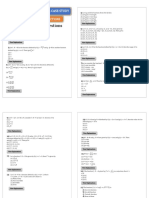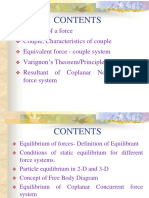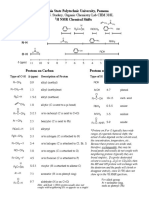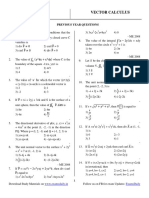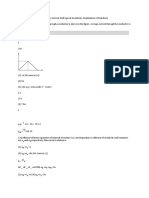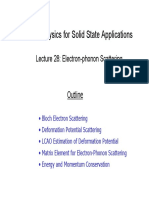0% found this document useful (0 votes)
51 views35 pagesMoment Notes
The document covers fundamental concepts in mechanics, including the moment of a force, couples, and the equilibrium of forces. It discusses principles such as Varignon's Theorem and methods for determining resultant forces in coplanar non-concurrent systems. Additionally, it provides mathematical formulations and examples for calculating moments and resultant forces acting on structures.
Uploaded by
cardozaalden15Copyright
© © All Rights Reserved
We take content rights seriously. If you suspect this is your content, claim it here.
Available Formats
Download as PDF, TXT or read online on Scribd
0% found this document useful (0 votes)
51 views35 pagesMoment Notes
The document covers fundamental concepts in mechanics, including the moment of a force, couples, and the equilibrium of forces. It discusses principles such as Varignon's Theorem and methods for determining resultant forces in coplanar non-concurrent systems. Additionally, it provides mathematical formulations and examples for calculating moments and resultant forces acting on structures.
Uploaded by
cardozaalden15Copyright
© © All Rights Reserved
We take content rights seriously. If you suspect this is your content, claim it here.
Available Formats
Download as PDF, TXT or read online on Scribd
/ 35





